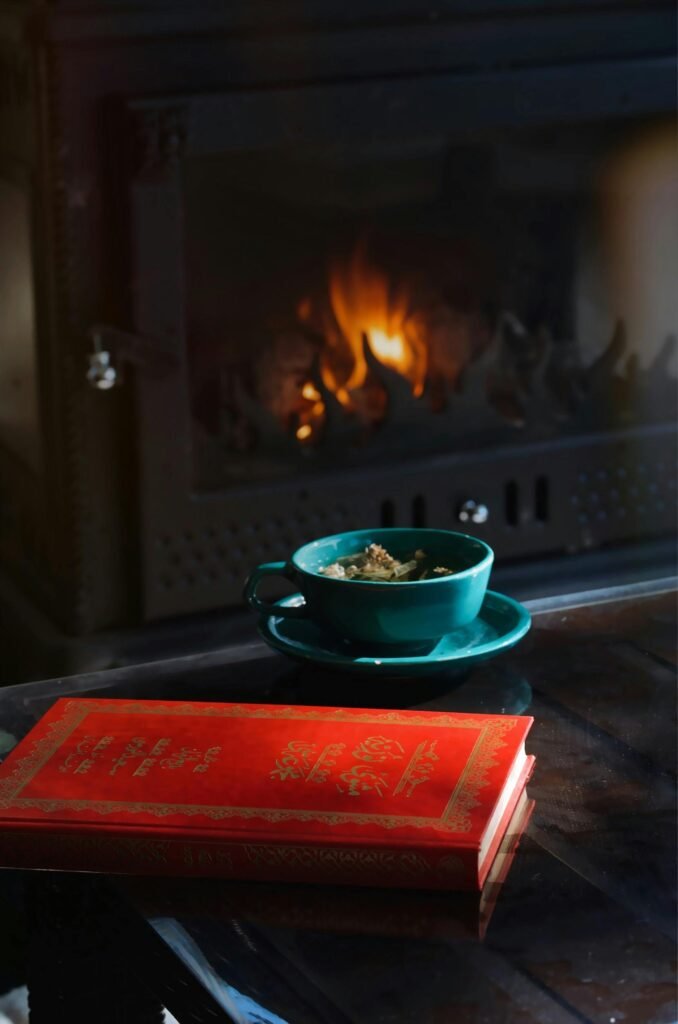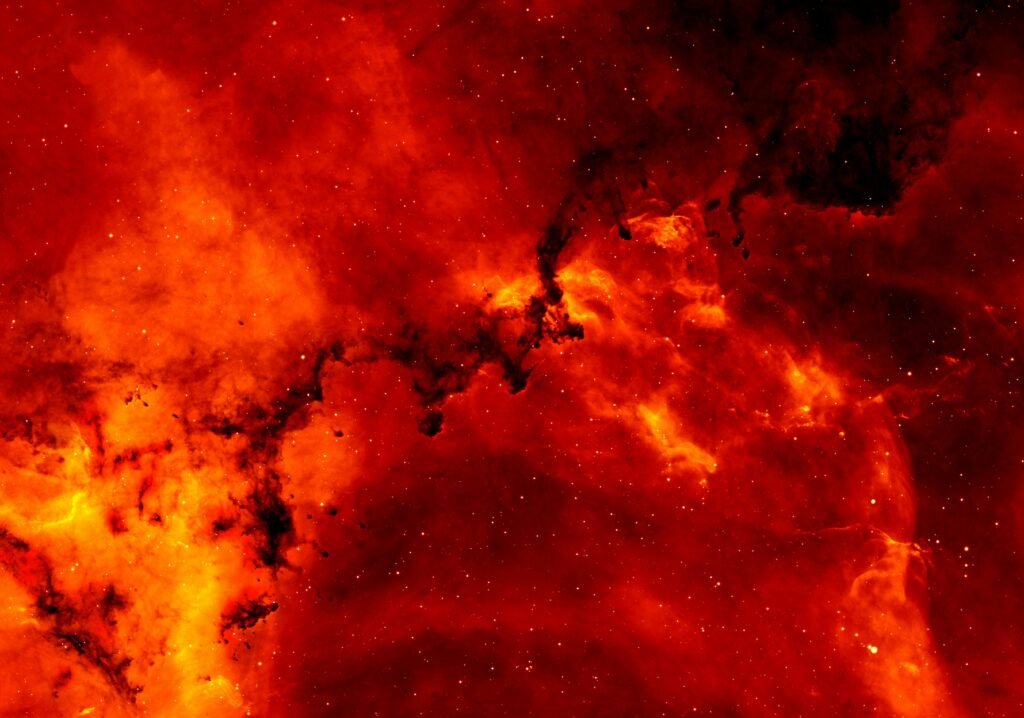Have you ever wondered how to keep your fireplace in top-notch condition like the professionals do? Look no further! In this article, we will unlock the secrets of chimney sweeps and provide you with expert tips on maintaining your fireplace like a pro. From cleaning techniques to essential safety measures, you’ll discover everything you need to know to ensure your fireplace is not only aesthetically pleasing but also safe for use. So, grab a cup of hot cocoa, sit back, and let’s dive into the world of professional-grade fireplace maintenance!
Choosing the Right Tools and Equipment
Selecting a chimney brush
When it comes to choosing a chimney brush, there are a few factors to consider. The size and type of your chimney will influence the brush you need. For larger chimneys, a brush with a longer handle will make the cleaning process easier. Ensure that the brush bristles are made of sturdy materials like steel or polypropylene, as these are more durable and effective at removing soot and debris.
Finding the right chimney rods
Chimney rods are an essential tool for chimney cleaning, as they allow you to reach and thoroughly clean the entire chimney flue. It’s crucial to choose rods that are compatible with your chimney brush and extend to the full length of the flue. Look for rods that are made of sturdy materials like fiberglass or polypropylene, as these will be durable and able to withstand the rigors of chimney cleaning.
Investing in safety gear
Your safety should always be a top priority when undertaking chimney maintenance. Investing in proper safety gear will ensure that you can carry out the task without putting yourself at risk. Make sure to wear a sturdy pair of gloves to protect your hands, as well as safety goggles to shield your eyes from debris. Additionally, a well-fitted dust mask will help prevent you from inhaling harmful soot particles during the cleaning process.
Preparation and Safety Measures
Clearing the area around the fireplace
Before you begin cleaning the chimney, it’s essential to clear the area around the fireplace. Remove any furniture, decorations, or flammable objects that are in close proximity to the hearth. This precaution will prevent anything from getting damaged or accidentally catching fire during the cleaning process. Clearing the space will also provide you with a comfortable and safe working area.
Wearing appropriate safety equipment
Ensuring your safety while cleaning the chimney is crucial. Along with gloves, goggles, and a dust mask, it’s advisable to wear long-sleeved clothing and protective footwear to minimize any potential risks. By taking these precautions, you can prevent injuries and protect yourself from the dirt and debris that are commonly found in chimneys.
Protecting the surrounding surfaces
Chimney cleaning can be a messy process, with soot and debris dislodged from the flue. To prevent these particles from landing on nearby surfaces and causing stains, it’s important to protect the surrounding area. Lay down a drop cloth or old sheets around the fireplace to catch any falling debris. This will make the cleanup process much easier and ensure that your home remains clean and tidy throughout the chimney cleaning process.

This image is property of images.pexels.com.
Inspecting the Chimney
Checking for any obstructions
Before you start cleaning your chimney, it’s crucial to check for any obstructions, such as bird nests or debris, that may have accumulated over time. Use a flashlight to shine up the flue and look for any signs of blockage. If you notice any obstructions, it’s important to remove them before proceeding with the cleaning process to ensure proper ventilation and prevent potential fire hazards.
Examining the chimney liner
The chimney liner plays a vital role in directing smoke and gases out of your home safely. It’s essential to inspect the liner for any signs of damage, such as cracks or deterioration. Damaged liners should be repaired or replaced promptly to ensure the safe operation of your fireplace. If you’re unsure about the condition of your chimney liner, it’s always best to consult a professional chimney sweep.
Inspecting the chimney cap
The chimney cap sits on top of the chimney and serves as a protective barrier against rain, snow, and debris. It’s important to inspect the chimney cap for any damage or signs of wear and tear. A damaged chimney cap can lead to water or animal entry, which can cause significant damage to your chimney and fireplace. If you notice any issues with your chimney cap, consider replacing it to maintain the integrity of your chimney system.
Cleaning the Chimney
Removing debris and soot buildup
One of the primary objectives of chimney cleaning is to remove debris and soot buildup that can accumulate inside the flue. Using a chimney brush, carefully sweep the walls of the flue to dislodge any loose debris. Start from the top and work your way down, ensuring that you reach all areas of the flue. This process will help improve the overall efficiency and safety of your fireplace.
Brushing the flue and smoke chamber
To thoroughly clean your chimney, it’s essential to brush both the flue and the smoke chamber. The flue is the passageway where smoke and gases are directed out of your home, while the smoke chamber is the area directly above the fireplace where these gases collect. Using your chimney brush and appropriate rods, carefully brush the walls of both the flue and the smoke chamber to remove any remaining debris or soot.
Using creosote removal products
Creosote is a highly flammable substance that can build up inside your chimney over time. Removing this sticky and potentially hazardous substance is an important part of chimney maintenance. Consider using creosote removal products, such as creosote sweeping logs or sprays. These specially formulated products can help break down and remove stubborn creosote, reducing the risk of chimney fires and improving fireplace efficiency.

This image is property of images.pexels.com.
Sweeping Techniques
Top-down sweeping method
The top-down sweeping method involves starting the chimney cleaning process from the top of the chimney and working your way down to the fireplace. This technique is effective for dislodging debris and soot, ensuring that it falls down and can be easily removed from the fireplace. By using this method, you’ll be able to thoroughly clean the entire chimney flue and leave it in optimal condition for safe and efficient use.
Bottom-up sweeping method
The bottom-up sweeping method involves starting the chimney cleaning process from the fireplace and moving upwards towards the top of the chimney. This technique is especially useful when dealing with heavy debris or obstructions, as it allows you to tackle them head-on. By employing this method, you can effectively remove any blockages and ensure that your chimney is clear and ready for use.
Circular sweeping method
The circular sweeping method involves using a circular motion with your chimney brush to clean the walls of the flue. This technique allows for thorough coverage of the entire flue, ensuring that no area is left untouched. By combining the circular motion with either the top-down or bottom-up sweeping method, you can achieve a comprehensive and effective chimney cleaning.
Dealing with Creosote Buildup
Understanding different stages of creosote buildup
Creosote buildup occurs in three different stages: stage 1, stage 2, and stage 3. In stage 1, creosote appears as a loose, flaky, and sooty deposit. In stage 2, it becomes thicker and more tar-like, sticking to the flue walls. Stage 3 is the most dangerous stage, as the creosote forms into a hard and glazed deposit that is extremely difficult to remove. Understanding these stages will help you determine the appropriate method for removing creosote buildup.
Methods to remove stubborn creosote
If you encounter stubborn creosote buildup in your chimney, there are several methods you can utilize to effectively remove it. Mechanical brushing with a chimney brush and rods is the most common method. However, for particularly stubborn creosote, chemical cleaners or professional power brushing may be necessary. It’s important to carefully follow the instructions for any cleaning products and, if in doubt, consult a professional chimney sweep for assistance.
Preventing creosote buildup
Preventing creosote buildup is essential for maintaining a safe and efficient fireplace. Regular chimney cleaning and inspection will help minimize the formation of creosote. Burning seasoned and dry wood, as well as avoiding unseasoned or treated wood, will also help reduce creosote production. Using a chimney cap to prevent the entry of rain and debris, and ensuring proper ventilation with an open damper, are additional measures that can help prevent creosote buildup.

This image is property of images.pexels.com.
Maintaining the Fireplace Exterior
Cleaning the fireplace surround
The fireplace surround is the visible part of the fireplace, and it’s important to keep it clean and free from dirt and grime. Use a soft cloth or a sponge dipped in mild dish soap and water to gently clean the surround. Avoid using harsh abrasives or cleaners that may damage the surface. Regular cleaning of the fireplace surround will help maintain its appearance and keep it in good condition.
Polishing the fireplace doors and accessories
If your fireplace has doors or accessories, such as grates or screens, it’s essential to keep them clean and polished. Use a suitable cleaner or polish, specifically designed for the material of your doors and accessories, to remove any dirt or residue. Regular polishing will help keep your fireplace doors and accessories looking their best and extend their lifespan.
Checking for any cracks or damage
Regularly inspect the exterior of your fireplace for any signs of cracks or other damage. Cracks can allow heat and gases to escape, potentially leading to safety issues or a less efficient fireplace. If you notice any cracks or damage, it’s important to address them promptly. Depending on the severity of the damage, you may need to consult a professional to perform the necessary repairs or replacements.
Ensuring Proper Ventilation
Opening dampers and vents
Proper ventilation is essential for the safe and efficient operation of your fireplace. Before lighting a fire, make sure to fully open the dampers and vents to allow for adequate airflow. This will help ensure that smoke and gases are effectively directed out of your home, reducing the risk of a downdraft or backflow into your living space. Properly opening the dampers and vents will also promote better combustion and prevent the buildup of harmful gases, such as carbon monoxide.
Using fans or air purifiers
In addition to proper ventilation through the fireplace, using fans or air purifiers can help improve the overall air quality in your home. Positioning fans strategically can assist in directing the smoke and gases out of your home, while air purifiers can help remove any lingering odors or particles. These additional measures can contribute to a healthier and more comfortable living environment.
Checking for proper air circulation
To ensure proper ventilation, it’s important to check for adequate air circulation around your fireplace. Avoid placing furniture or other objects too close to the fireplace, as this can obstruct the airflow. Maintain a clear space around the hearth to allow for optimal circulation of air and prevent any potential overheating or safety hazards.
Regular Maintenance Schedule
Frequency of chimney maintenance
To maintain the safety and efficiency of your chimney, it’s important to establish a regular maintenance schedule. The frequency of chimney maintenance depends on several factors, including how frequently you use your fireplace and the type of fuel you burn. As a general guideline, it is recommended to have your chimney inspected and cleaned at least once a year by a professional chimney sweep. However, if you use your fireplace more frequently, additional cleanings may be necessary.
Seasonal inspection and cleaning
Seasonal inspections and cleanings are essential to ensure that your chimney remains in optimal condition throughout the year. In addition to the annual professional inspection and cleaning, conduct a visual inspection of your chimney at the start of each new season. Look for signs of damage or blockages, and if any issues are detected, take appropriate action promptly. Regular cleaning and maintenance will help prevent costly repairs and maintain the safety and efficiency of your fireplace.
Scheduling professional assistance
While some chimney maintenance tasks can be performed by homeowners, certain aspects require the expertise of a professional chimney sweep. It’s important to schedule regular professional inspections and cleanings to ensure that your chimney is thoroughly and safely maintained. Professional chimney sweeps have the knowledge and experience to detect and address any underlying issues that may go unnoticed by an untrained eye. By entrusting your chimney maintenance to professionals, you can have peace of mind knowing that your fireplace is in the best possible condition.
Common Maintenance Mistakes to Avoid
Neglecting regular maintenance
One of the most common mistakes homeowners make is neglecting regular chimney maintenance. Failing to clean, inspect, and maintain your chimney can result in a buildup of dangerous creosote, blockages, and even chimney fires. To avoid these risks and maintain the safety and efficiency of your fireplace, it’s crucial to adhere to a regular maintenance schedule and promptly address any issues that arise.
Using improper cleaning techniques
Using improper cleaning techniques can lead to damage to your chimney or fireplace. Avoid using abrasive materials or harsh chemicals that can cause structural damage to the flue liner or other components. Additionally, improper brushing techniques can dislodge bricks or mortar, leading to potential safety hazards. Always follow proper cleaning procedures and, if in doubt, consult a professional chimney sweep for guidance.
Ignoring signs of damage
Ignoring signs of damage, such as cracks, leaks, or unusual smells, can have serious consequences for your chimney and home. These signs may indicate underlying issues that require immediate attention. Ignoring them can lead to further damage, decreased efficiency, and increased safety risks. If you notice any signs of damage or abnormalities, it’s essential to address them promptly and seek professional assistance, if necessary.
By following these chimney sweep secrets and expert tips for professional-grade fireplace maintenance, you can ensure that your chimney operates safely and efficiently. Regular cleaning, proper inspection, and adherence to safety measures will allow you to enjoy cozy winter evenings by the fireplace with peace of mind. Remember to consult a professional chimney sweep for assistance with any complex or potentially dangerous maintenance tasks. With proper care and maintenance, your fireplace can continue to bring warmth and comfort to your home for years to come.




